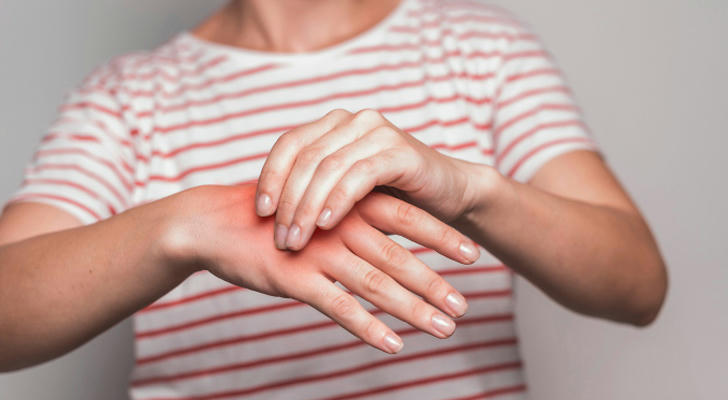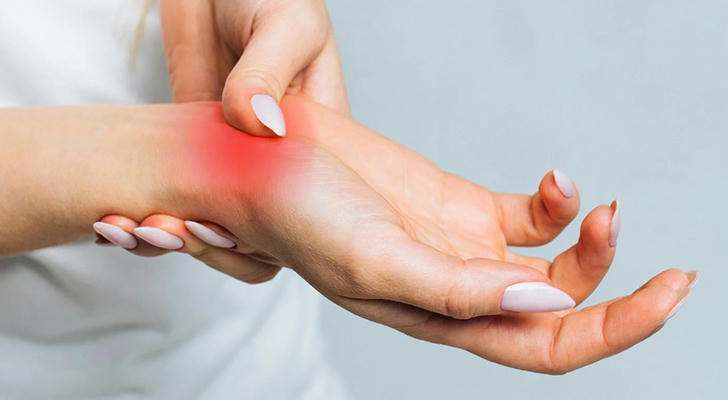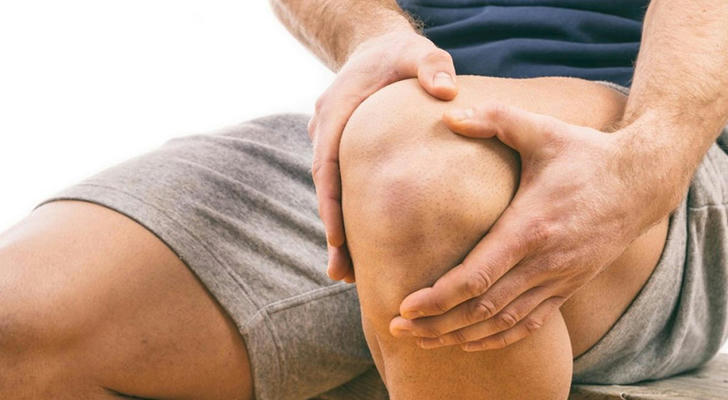Tips for Reducing Knuckle Discomfort

Experiencing knuckle pain from time to time is quite normal, considering how much we use our hands. Whether it’s due to injuries, cysts, or arthritis, there are several ways to ease the discomfort and reduce swelling. If your pain persists or significantly impacts your daily life, it’s important to consult a doctor. Here are some methods to help alleviate knuckle pain.
Relieving Pain and Reducing Swelling
Step 1: Rest Your Hand
Allow your hand to rest so the knuckle can heal. Regardless of the pain's cause, rest is crucial. Minimize the use of your fingers and try to keep your hand still to reduce inflammation and pain. Take a break from activities that trigger the pain, such as typing. If only one finger or knuckle is affected, you can still use your hand but avoid putting pressure on the sore areas.
Step 2: Release Tension by Shaking Your Hands
To relieve tension and stress in your joints, especially if you use your hands frequently for activities like typing, gardening, or housework, take regular breaks. Sit or stand with your arms at your sides, lift your hands to waist level, soften your elbows, and shake your hands and arms gently or vigorously 5-20 times. Follow this with resting and icing your knuckles.
Step 3: Apply Ice to Your Knuckles
Icing your knuckles can soothe pain effectively. Wrap an ice pack in a towel and place it on the painful area for 20 minutes at a time, repeating every 2-3 hours as needed. If you lack an ice pack, a bag of frozen vegetables works as an alternative. Avoid direct contact of ice with skin and do not ice for more than 20 minutes to prevent skin damage.
Step 4: Use NSAID Pain Relievers
Nonsteroidal anti-inflammatory drugs (NSAIDs) like ibuprofen, naproxen, and aspirin can help reduce pain and inflammation. These medications are beneficial for knuckle pain but should only be used short-term. If pain persists beyond a week, consult a doctor. While acetaminophen can mask pain, it doesn’t reduce inflammation, making NSAIDs a preferable option.
Managing Arthritis

Step 1: Identifying Osteoarthritis
Osteoarthritis, due to wear and tear, commonly affects hands and fingers. Symptoms include morning pain, stiffness, and tenderness when pressing the joint. Swelling may be present but not as severe as with rheumatoid arthritis. As osteoarthritis worsens over time, increased pain could indicate this condition.
Step 2: Recognizing Rheumatoid Arthritis
Rheumatoid arthritis, an autoimmune disorder, causes joint pain, swelling, redness, and heat. Additional symptoms can include fever, fatigue, and appetite loss. If these signs appear, consult a doctor for appropriate treatment. Crooked fingers often appear in the later stages of this condition.
Step 3: Using Heat for Pain Relief
For arthritis-related muscle soreness around joints, applying heat can be more soothing than ice. Use a heating pad for dull soreness, alternating with ice for sharp pain and swelling. Heat can also improve flexibility in stiff fingers.
Step 4: Strengthening Joints through Physical Therapy
Physical therapy can strengthen joints and potentially reduce arthritis pain. A physical therapist can provide exercises to perform at home, helping to slow arthritis progression and protect joints. This is more effective for osteoarthritis but may also benefit rheumatoid arthritis.
Step 5: Cortisone Injections
Cortisone injections can reduce joint inflammation in arthritis. Consult your doctor for these injections, which might cause temporary pain spikes but usually provide significant relief. Regular injections may be necessary for chronic arthritis.
Step 6: Anti-Rheumatic Medications
For rheumatoid arthritis, disease-modifying anti-rheumatic drugs (DMARDs) like methotrexate are commonly prescribed to suppress the immune system and manage the condition. These medications typically need to be taken long-term.
Step 7: Antibiotics for Septic Arthritis
Septic arthritis, caused by an infection, requires antibiotics to eliminate the infection and alleviate joint pain. Symptoms resemble those of rheumatoid arthritis, including redness, swelling, pain, and fever. Ensure to complete the full antibiotic course prescribed by your doctor.
Addressing Injuries and Tendonitis

Step 1: Identifying an Injury
Injuries often present with bruising and swelling. Pain, weak grip, and difficulty in making a fist might indicate a jammed or hit finger. If pain is localized and accompanied by a cracking sound during the injury, a broken bone might be the cause, necessitating a doctor's visit.
Step 2: Recognizing Tendonitis
Tendonitis, or "trigger finger," causes joint stiffness and swelling due to tendon inflammation. Difficulty in straightening the finger and a cracking sensation are common signs. Tendonitis is often due to overuse, with rest and ice being effective treatments.
Step 3: Splinting the Finger
Stabilizing the finger with a splint aids in healing. Use a flat object like a popsicle stick and secure it with medical tape. Prefabricated splints available at pharmacies offer more comfort. Alternatively, tape the affected finger to an adjacent one. Duration for wearing a splint varies; consult a doctor for advice.
Step 4: Corticosteroid Injections for Tendonitis
If home care fails to resolve tendonitis, corticosteroid injections can reduce inflammation. Consult your doctor for an injection, which typically offers permanent relief for tendonitis.
Step 5: Surgery for Severe Tendonitis
In severe cases where the finger is immobile, minor surgery may be needed. A surgeon will release the tendon to restore movement. This outpatient procedure is quick and usually requires only local anesthesia.
Following these steps can help manage and alleviate knuckle pain. Always seek medical advice if symptoms persist or worsen.
